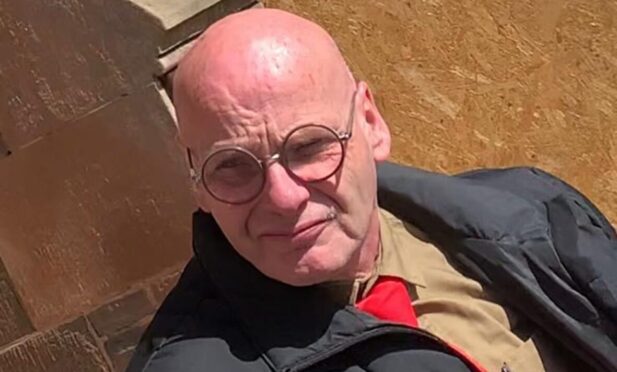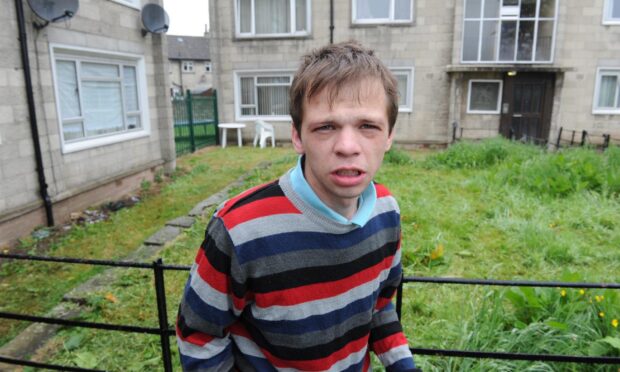Appeal judges have rejected legal challenges brought against the use of material obtained by paedophile hunters in prosecutions.
Such groups regularly set up stings against online predators.
They will typically create profiles of young people and engage older social media users in conversation.
They will turn it sexual – after making clear they are “underage” – and see if the target continues their behaviour.
In some cases, the predator will be tracked to their home, or a meeting will be arranged, and the resulting encounter livestreamed by the group.
Police are then summoned.
Thanks to court evidence in one such case, The Courier told in December exactly how such operations happen (see below).
The practice has been slammed by some law enforcement bodies.
However, Scotland’s senior judge, the Lord Justice General Lord Carloway, said as long as they stay within the law, they are doing nothing different to other public monitors, such as neighbourhood watches or gamekeepers.
“Some may disapprove of the activities of paedophile hunter organisations.
“They may consider that they should be banned or regulated.
“As matters stand, they are free to carry out their own investigations into criminal behaviour and to report it to the police or directly to the Crown.
“They are far from being alone in such activity.
“Security firms, shops, gamekeepers, neighbourhood watch schemes all do so, even if the results of their activities are not normally published on social media.”
The judge said decoys used by the groups could be arrested and prosecuted if they “stray into criminality”.
Lord Carloway said: “They have no immunity from prosecution, for example for breach of the peace or assault, or civil suit.”
But their actions were justifiable in the interests of public safety for the prevention of crime and the protection of the rights of others.
Lord Carloway, sitting with Lord Brodie and Lord Malcolm, heard appeals brought by two men at the Court of Appeal in Edinburgh, which resulted in the publication of their judgement.
One of the men, Mark Sutherland, then aged 36, was jailed for two years at Glasgow Sheriff Court in 2018.
He had communicated with a volunteer with Groom Registers Scotland and made arrangements to meet a person he thought was a 13-year-old boy in Partick.
He was confronted at the meeting which was filmed and police were called and provided with a record of communications.
It was argued evidence from the decoy volunteer was inadmissible as he was being used as an unauthorised covert intelligence source.
He claimed his human rights were breached.
It was contended that by operating an unregulated system of surveillance the police were using the vigilante groups as a means of circumventing the Regulation of Investigatory Powers (Scotland) Act (RIPSA) and turning “a blind eye”.
The appeal judges said the police were unaware of decoy activities until events were completed and recorded.
Lord Carloway said: “The paedophile hunter groups are not ‘law enforcement agencies’ or agents whose activities, for the purposes of RIPSA, fall to be regarded as those of a public authority.
“On the contrary, they are private enterprises with no investigatory powers whatsoever.”










